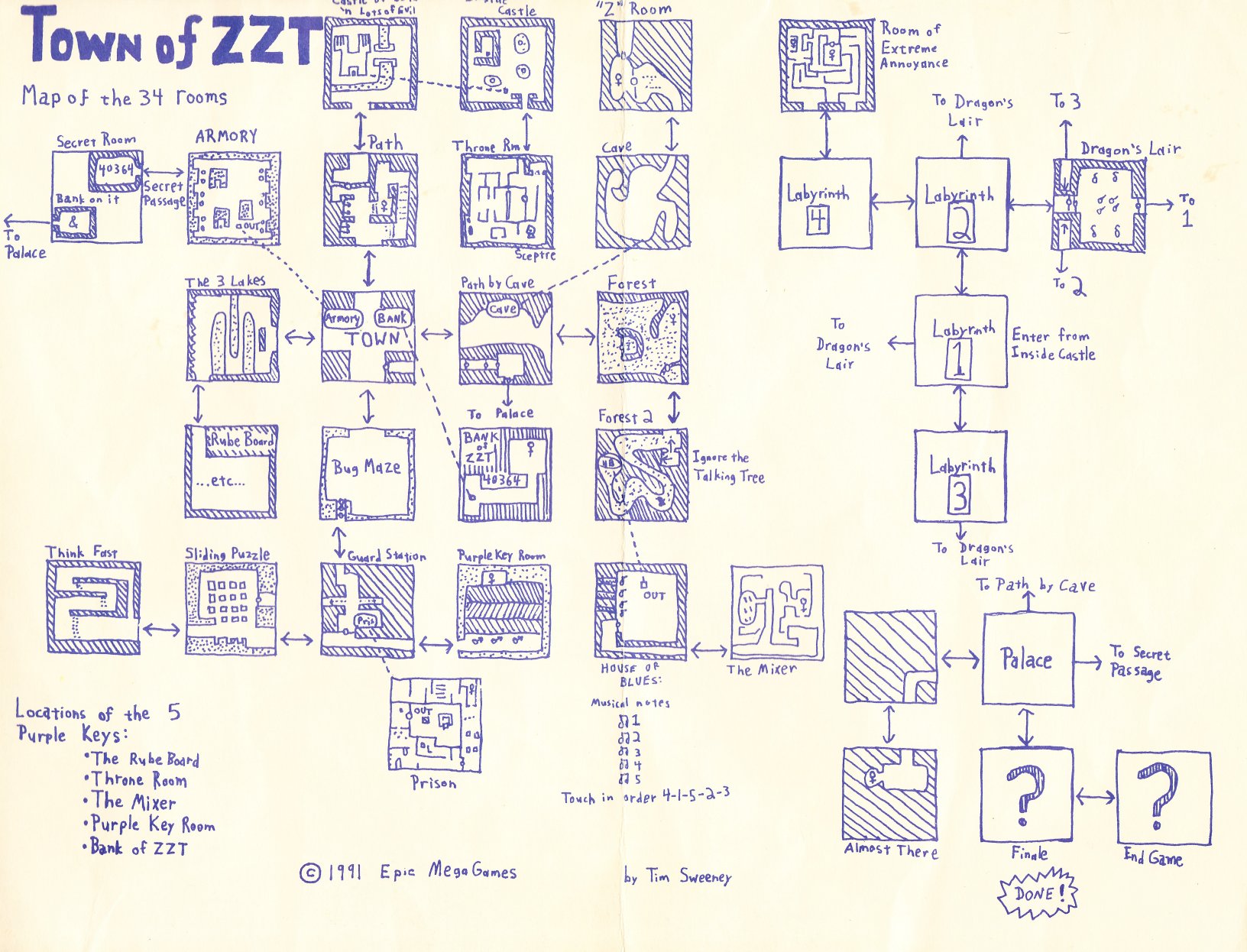Colossal Cave Adventure marked the beginning of interactive fiction in 1976.
Players navigated and solved puzzles using two-word commands.
The game sparked curiosity and inspired a new generation of text-based games.
Will Crowther created Colossal Cave Adventure, also known as Adventure.
In the world of interactive fiction, text-based games continue to captivate and inspire. From the early days of Colossal Cave Adventure in the 1970s to modern creations using tools like Twine, Inform, and ChoiceScript, these stories rely on words to transport players into immersive worlds. Let's delve into the history and creation of text-based games through a selection of intriguing articles.
The Beginning: Colossal Cave Adventure
Will Crowther's Colossal Cave Adventure, also known as Adventure, marked the beginning of interactive fiction in 1976. Inspired by his experiences spelunking in Mammoth Cave, Crowther created a game where players navigated and solved puzzles using two-word commands. The game's impact was significant: it sparked curiosity and inspired a new generation of text-based games.
Building Text-Based Games from Scratch
For those interested in creating their own text-based games, the comprehensive guide
100%
No Doubts Found At Time Of Publication
100%
What's This
The overall score is a weighted
number that takes
into
account conflict of interest, bias, deception and other practices that undermine
the
credibility of the source. It is calculated as:
(Site Conflicts Of Interest +
Author Conflicts Of Interest) / 2.0 * 0.2 +
ArticleBiasScore * 0.20 +
UniquePointsScore * 0.05 +
DeceptionScore * 0.20 +
ReadabilityScore * 0.05 +
FallacyScore * 0.20
Readability
95%
A score that takes into
consideration the content
for
flow,
interruptions with ads, and overt search engine optimization techniques that
makes
the
content hard to understand
Unique
Points
Interactive fiction began with the release of Colossal Cave Adventure in the 1970s. Will Crowther created Colossal Cave Adventure based on his experiences spelunking in Mammoth Cave. Players interacted with the game by typing two-word commands to navigate and solve puzzles.
Accuracy Deception
(100%)
Fallacies
(100%)
Bias
(100%)
Site
Conflicts
Of
Interest (100%)
Author
Conflicts
Of
Interest (100%)
100%
What's This
The overall score is a weighted
number that takes
into
account conflict of interest, bias, deception and other practices that undermine
the
credibility of the source. It is calculated as:
(Site Conflicts Of Interest +
Author Conflicts Of Interest) / 2.0 * 0.2 +
ArticleBiasScore * 0.20 +
UniquePointsScore * 0.05 +
DeceptionScore * 0.20 +
ReadabilityScore * 0.05 +
FallacyScore * 0.20
Readability
95%
A score that takes into
consideration the content
for
flow,
interruptions with ads, and overt search engine optimization techniques that
makes
the
content hard to understand
Unique
Points
Crafting Immersive Worlds is a comprehensive guide on building a text-based game from scratch. ,
Accuracy Deception
(100%)
Fallacies
(100%)
Bias
(100%)
Site
Conflicts
Of
Interest (100%)
Author
Conflicts
Of
Interest (100%)
95%
What's This
The overall score is a weighted
number that takes
into
account conflict of interest, bias, deception and other practices that undermine
the
credibility of the source. It is calculated as:
(Site Conflicts Of Interest +
Author Conflicts Of Interest) / 2.0 * 0.2 +
ArticleBiasScore * 0.20 +
UniquePointsScore * 0.05 +
DeceptionScore * 0.20 +
ReadabilityScore * 0.05 +
FallacyScore * 0.20
Readability
100%
A score that takes into
consideration the content
for
flow,
interruptions with ads, and overt search engine optimization techniques that
makes
the
content hard to understand
Unique
Points
Museum of ZZT is a site dedicated to preserving and curating games and worlds created with ZZT. ZZT has its own editor and scripting language which offers accessibility to beginning game developers. A significant number of ZZT worlds were created by teenagers and children under 10. ZZT’s simple ZZT-OOP scripting language gave many an introduction to programming.
Accuracy ]Museum of ZZT is a site dedicated to preserving and curating games and worlds created with ZZT.[ The Museum of ZZT aims to collect, discuss, and preserve ZZT worlds and their community. Deception
(100%)
Fallacies
(100%)
Bias
(100%)
Site
Conflicts
Of
Interest (100%)
Author
Conflicts
Of
Interest (100%)

